Anhui Feichun Special Cable Co.,Ltd Li.wang@feichuncables.com
What Tools Are Best for Detecting Faults in Long Mining Cables?
Discover the most effective fault detection tools for long mining cables in South African mines. Learn about TDR, VLF testers, thermal imaging, and preventive practices to ensure reliable mining operations and worker safety.
Li.wang@Feichun Cable
7/22/202513 min read
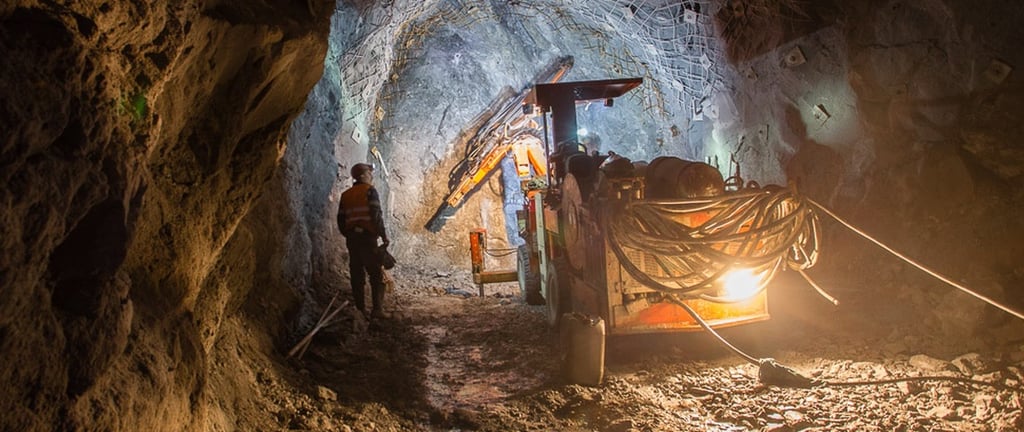

Mining operations across South Africa depend heavily on reliable electrical systems, with cables serving as the lifeline that powers everything from underground equipment to surface processing facilities. Whether it's the sprawling platinum mines in Limpopo or the deep gold mines of the Witwatersrand, the integrity of long mining cables can make the difference between profitable operations and costly shutdowns.
Cable faults in mining environments present unique challenges that extend far beyond simple inconvenience. When a cable fails in an underground operation, it can trigger emergency evacuations, halt production for days, and in worst-case scenarios, create safety hazards that put miners' lives at risk. The economic impact is equally severe – a single day of downtime at a large platinum mine can cost millions of rand, not to mention the cascading effects on South Africa's already strained mining economy.
Detecting faults in long cable runs presents particular challenges due to the harsh mining environment. Underground cables must withstand extreme conditions including high humidity, corrosive atmospheres, mechanical stress from moving equipment, and the constant vibration of heavy machinery. Surface cables face their own set of challenges, from the scorching South African sun to unexpected weather patterns that have become increasingly unpredictable due to climate change.
The complexity increases when dealing with trailing cables that can extend 800 metres or more underground, or permanent installations that snake through kilometres of mine shafts. Traditional visual inspections are often inadequate, as faults frequently occur in inaccessible locations or manifest as intermittent problems that are difficult to replicate during testing periods.
Types of Common Faults in Mining Cables
Understanding the types of faults that commonly occur in mining cables is essential for selecting the appropriate detection tools. Each fault type presents unique characteristics that require specific diagnostic approaches.
Insulation breakdown represents one of the most prevalent issues in South African mining operations. The country's mining environments expose cables to moisture ingress during the rainy season, particularly in shallow operations or those with inadequate drainage systems. The combination of high humidity and elevated temperatures can accelerate insulation degradation, leading to gradual breakdown that may go undetected until a catastrophic failure occurs. Pressure-induced insulation damage is another concern, particularly where cables must be routed through areas with shifting rock formations or where they're subjected to the weight of heavy equipment.
Conductor damage typically results from the mechanical stresses inherent in mining operations. The constant movement of mobile equipment, coupled with the vibration from blasting activities and heavy machinery, can cause fatigue in cable conductors. This is particularly problematic in trailing cables that must be frequently repositioned as mining faces advance. The repetitive flexing and stretching can lead to strand breakage within the conductor, increasing resistance and creating heat buildup that further accelerates cable deterioration.
Short circuits and earth faults often develop as secondary effects of other problems but can create immediate safety hazards. In underground mining environments where explosive gases may be present, any electrical fault that creates sparking represents a serious risk. Earth faults are particularly concerning because they can be difficult to detect using standard protection systems, yet they pose significant electrocution risks to personnel who come into contact with earthed mining equipment.
Intermittent faults present perhaps the greatest diagnostic challenge because they may only manifest under specific conditions. Temperature fluctuations, mechanical stress, or moisture changes can trigger these faults, making them extremely difficult to reproduce during scheduled testing. These faults are particularly frustrating because they can cause equipment to behave unpredictably, leading to reduced productivity and increased maintenance costs as technicians struggle to identify the root cause.
Key Tools and Technologies for Fault Detection
The selection of appropriate fault detection tools depends on the specific type of fault suspected, the cable configuration, and the mining environment. Modern fault detection relies on a combination of established technologies and innovative approaches tailored to mining applications.
Time Domain Reflectometry (TDR)
Time Domain Reflectometry has emerged as one of the most valuable tools for fault detection in long mining cables. The technology operates on a relatively simple principle: it transmits electrical pulses down the cable and measures the time it takes for reflections to return. Different types of faults create distinct reflection patterns that can be analysed to determine both the nature and precise location of the problem.
TDR excels at identifying open circuits, short circuits, and impedance changes within cables. For mining applications, this precision is invaluable because it can pinpoint faults to within a few metres along cables that may extend several kilometres. This capability significantly reduces the time and cost associated with fault location, as maintenance crews can focus their efforts on specific areas rather than conducting lengthy physical inspections of entire cable runs.
The technology's effectiveness with long-distance cables makes it particularly suitable for South African mining operations, where cables often traverse vast distances between surface facilities and underground workings. Modern TDR instruments can analyse cables up to several kilometres in length, providing detailed waveform analysis that experienced technicians can interpret to identify various fault types.
Very Low Frequency (VLF) Testers
VLF testing represents a crucial tool for assessing insulation integrity, particularly in aged cables that have been subjected to years of harsh mining conditions. These devices apply low-frequency AC voltage to cables, typically between 0.01 and 1 Hz, which is more effective than DC testing for identifying certain types of insulation defects.
The effectiveness of VLF testing in underground environments stems from its ability to stress the insulation in a manner similar to normal operating conditions while identifying weaknesses that might not be apparent under standard DC testing. This is particularly important for cables that have been subjected to moisture ingress or chemical contamination, both common issues in South African mining operations.
VLF testers are especially valuable for aged cables because they can identify insulation deterioration before it progresses to complete failure. This predictive capability allows maintenance teams to schedule replacements during planned downtime rather than responding to emergency failures that can disrupt critical operations.
Cable Fault Locators
Modern cable fault locators combine multiple technologies to provide comprehensive fault detection capabilities. These sophisticated instruments typically integrate surge generators, often called "thumpers," with acoustic detection equipment and TDR analysis to create a complete fault location system.
Surge generators work by applying high-voltage pulses to faulted cables, creating small arcs at the fault location. These arcs produce acoustic signals that can be detected using sensitive listening equipment or ground-penetrating devices. The integration with TDR technology allows technicians to first identify the approximate fault location using reflectometry, then use surge generation to pinpoint the exact location acoustically.
This combination approach is particularly effective for intermittent faults that may not be present during initial TDR testing. The surge generator can often force intermittent faults to manifest, allowing for accurate location determination.
Insulation Resistance Testers (Megohmmeters)
Insulation resistance testing remains a fundamental diagnostic tool due to its simplicity, reliability, and ability to provide immediate results. Modern digital megohmmeters can apply test voltages ranging from 250V to 10kV, making them suitable for testing cables across a wide range of voltage ratings common in mining operations.
These instruments excel at early-stage fault detection because they can identify degraded insulation before it becomes a serious problem. Regular trending of insulation resistance values allows maintenance teams to monitor cable condition over time and identify deteriorating cables that may require attention.
The ease of use and portability of modern megohmmeters makes them ideal for routine testing programs. Mining operations can establish regular testing schedules that help identify potential problems before they result in failures, contributing to improved reliability and reduced maintenance costs.
High-Potential (Hipot) Testers
High-potential testing involves applying voltages significantly higher than normal operating levels to identify insulation weaknesses that might not be apparent under normal conditions. These tests are particularly valuable during acceptance testing of new cable installations and during major maintenance activities.
Hipot testing is essential for ensuring that cable insulation can withstand the stresses associated with normal operation plus a safety margin. In mining environments where electrical safety is paramount, this additional assurance is crucial for protecting both equipment and personnel.
However, hipot testing must be performed carefully because the high voltages involved can potentially damage cables with marginal insulation. Proper procedures and gradual voltage application help ensure that testing provides valuable information without creating new problems.
Portable Thermal Imaging Devices
Thermal imaging technology has revolutionised fault detection by allowing non-invasive identification of problems through heat pattern analysis. Modern portable thermal cameras can detect temperature differences as small as 0.1°C, making them extremely sensitive to the heat signatures associated with electrical faults.
Overheating due to increased resistance at fault locations creates characteristic thermal patterns that are easily identified using thermal imaging. This technology is particularly valuable for energised equipment testing because it allows fault detection without interrupting operations.
The real-time nature of thermal imaging makes it ideal for identifying intermittent faults that may only manifest under specific operating conditions. Technicians can monitor equipment during normal operation and identify problems that might not be apparent during scheduled downtime.
Partial Discharge Test Equipment
Partial discharge testing represents one of the most advanced diagnostic techniques available for cable condition assessment. Partial discharges are small electrical discharges that occur within insulation systems when the local electric field exceeds the breakdown strength of the insulation material.
These discharges typically occur long before complete insulation failure, making partial discharge testing extremely valuable for predictive maintenance programs. The technology can identify insulation deterioration in its early stages, allowing maintenance teams to schedule repairs before failures occur.
Partial discharge testing is particularly valuable for high-voltage cables in critical applications where unexpected failures could have serious consequences. The technology provides detailed information about insulation condition and can help predict remaining cable life with considerable accuracy.
Considerations for Choosing a Fault Detection Tool
Selecting the appropriate fault detection tools requires careful consideration of multiple factors specific to each mining operation. The cable characteristics represent the primary consideration, with cable length and voltage rating significantly influencing tool selection. TDR-based instruments excel with long cables but may have limitations with very short runs, while high-voltage cables require specialised equipment capable of safely handling elevated voltages.
The distinction between surface and underground mining environments creates additional considerations. Underground environments often restrict access to sophisticated equipment and may require portable, battery-operated instruments that can function in confined spaces. Surface operations may have better access to power and facilities but must consider environmental factors such as dust, weather exposure, and electromagnetic interference from nearby equipment.
Safety considerations are paramount in mining environments, where electrical faults can create serious hazards. Detection tools must be intrinsically safe when used in potentially explosive atmospheres, and operators must be properly trained in safe testing procedures. The ease of deployment becomes crucial when testing must be performed quickly to minimise production impacts.
The choice between real-time monitoring and scheduled diagnostic testing depends on the criticality of the cables and the consequences of failure. Critical circuits may justify the expense of continuous monitoring systems, while less critical applications may rely on periodic testing using portable instruments.
Integration capabilities with existing maintenance management systems can significantly enhance the value of diagnostic data. Modern instruments that can upload test results directly to computerised maintenance management systems help ensure that diagnostic information is properly documented and trends can be identified over time.
Case Example: Fault Detection in a Platinum Mine in Limpopo
A practical example from a major platinum mining operation in Limpopo illustrates the effectiveness of proper fault detection techniques. The mine was experiencing intermittent power losses in an 800-metre trailing cable supplying a continuous miner operating at a depth of 450 metres. The power interruptions were causing significant production delays and creating safety concerns due to the unpredictable nature of the equipment shutdowns.
Initial troubleshooting using standard multimeter testing failed to identify any obvious faults, as the problem only manifested intermittently during normal operations. The maintenance team decided to employ a systematic approach using multiple diagnostic tools to locate and characterise the fault.
Time Domain Reflectometry testing was performed first, revealing an impedance discontinuity approximately 320 metres from the surface connection point. The TDR signature suggested a partial conductor fault or insulation breakdown, but the exact nature of the problem remained unclear due to the intermittent nature of the fault.
Insulation resistance testing using a 1000V megohmmeter confirmed degraded insulation at the location identified by TDR. The insulation resistance measured approximately 50 megohms, which was below the acceptable minimum of 100 megohms for the cable's voltage rating. This confirmed that insulation breakdown was contributing to the problem.
Physical inspection of the cable at the indicated location revealed damage to the outer sheath near a coupling joint. The coupling had been installed approximately eighteen months earlier during a cable extension project, and improper installation techniques had allowed moisture ingress that gradually degraded the insulation. The combination of mechanical stress from cable movement and moisture exposure had created the intermittent fault condition.
The repair involved replacing a 10-metre section of cable around the damaged coupling and implementing improved installation procedures to prevent similar problems in the future. The total cost of the diagnostic process and repair was significantly less than the production losses that would have resulted from continued unreliable operation.
Preventive Practices to Reduce Cable Faults
Implementing comprehensive preventive maintenance practices can significantly reduce the frequency and severity of cable faults in mining operations. Regular testing and systematic record keeping form the foundation of effective cable management programs.
Scheduled testing using appropriate diagnostic tools allows maintenance teams to identify potential problems before they result in failures. Establishing baseline measurements for new cable installations and tracking changes over time helps identify deteriorating cables that may require attention. The frequency of testing should be based on the criticality of the circuit and the historical failure rate of similar installations.
Proper cable installation techniques are crucial for long-term reliability. This includes correct tensioning to avoid excessive mechanical stress, proper routing to minimise exposure to physical damage, and appropriate support systems to prevent cable sag or excessive movement. Installation procedures should be documented and followed consistently to ensure uniform quality across all cable installations.
Environmental protection measures can significantly extend cable life in harsh mining conditions. This includes providing adequate drainage to prevent standing water around cable routes, using appropriate cable types for specific environmental conditions, and implementing protection systems to shield cables from mechanical damage.
The selection of appropriate cable types for specific applications can prevent many common fault types. Armoured cables provide mechanical protection in areas where physical damage is likely, while cables with enhanced moisture barriers can resist degradation in humid environments. Investing in higher-quality cables appropriate for the specific application often proves more economical than repeatedly repairing or replacing inadequate cables.
Future Trends in Mining Cable Diagnostics
The mining industry is increasingly adopting advanced technologies that promise to revolutionise cable fault detection and prevention. Artificial intelligence and machine learning algorithms are being developed to analyse complex diagnostic data and identify fault patterns that might not be apparent to human operators.
AI-driven systems can process vast amounts of historical fault data to identify correlations between environmental conditions, operational parameters, and fault development. This capability enables more accurate prediction of cable failures and optimisation of maintenance schedules to prevent problems before they occur.
Internet of Things (IoT) technology is enabling the development of remote monitoring systems that can provide continuous surveillance of cable condition. These systems can automatically perform routine diagnostic tests and alert maintenance personnel when problems are detected. The ability to monitor cables continuously rather than relying on periodic testing represents a significant advancement in fault prevention.
Smart cable technologies incorporating embedded sensors and diagnostic capabilities are being developed to provide real-time information about cable condition. These advanced cables can monitor their own insulation resistance, temperature, mechanical stress, and other parameters that affect reliability. While currently expensive, these technologies may become more practical as costs decrease and reliability improves.
The integration of diagnostic systems with advanced maintenance management software is enabling more sophisticated approaches to cable asset management. These systems can track the complete lifecycle of cable assets, predict maintenance requirements, and optimise replacement schedules based on condition data and operational requirements.
FAQ: Fault Detection in Mining Cables
What is the most cost-effective fault detection tool for small mining operations?
For smaller operations, a combination of a digital megohmmeter and a basic TDR instrument provides excellent fault detection capabilities at a reasonable cost. These tools can identify most common fault types and provide sufficient accuracy for cables up to several hundred metres in length.
How often should mining cables be tested for faults?
The testing frequency depends on the cable's criticality and operating environment. Critical circuits should be tested monthly, while less critical applications may be tested quarterly or annually. Cables in particularly harsh environments may require more frequent testing.
Can thermal imaging detect all types of cable faults?
Thermal imaging is excellent for detecting faults that generate heat, such as loose connections or increased resistance due to conductor damage. However, it may not detect insulation faults that don't generate significant heat, particularly in de-energised cables.
What safety precautions are necessary when performing cable fault testing?
All testing should be performed by qualified personnel following established safety procedures. This includes proper lockout/tagout procedures, use of appropriate personal protective equipment, and verification that test voltages are appropriate for the cable and environment.
How accurate is TDR for fault location in long cables?
Modern TDR instruments can typically locate faults to within 1-2% of the total cable length. For an 800-metre cable, this translates to accuracy within 8-16 metres, which is sufficient for most practical purposes.
The reliability of electrical cables in South African mining operations directly impacts safety, productivity, and profitability. As mining operations become increasingly sophisticated and dependent on electrical power, the importance of effective fault detection systems continues to grow.
The selection of appropriate fault detection tools must consider the specific requirements of each application, including cable characteristics, environmental conditions, and operational constraints. While no single tool can address all fault detection needs, a combination of complementary technologies can provide comprehensive coverage for most mining applications.
Time Domain Reflectometry remains the gold standard for precise fault location in long cables, while insulation resistance testing provides essential baseline information for trending and preventive maintenance. Advanced techniques such as partial discharge testing and thermal imaging offer additional capabilities for specific applications and conditions.
The investment in proper diagnostic equipment and training pays dividends through reduced downtime, improved safety, and lower maintenance costs. As the mining industry continues to evolve, emerging technologies such as AI-driven diagnostics and IoT-based monitoring systems promise even greater improvements in cable reliability and fault prevention.
Success in cable fault detection requires not only the right tools but also proper procedures, trained personnel, and a commitment to preventive maintenance practices. Mining operations that embrace comprehensive cable management programs will be best positioned to maintain reliable operations in an increasingly competitive industry.
The future of cable diagnostics in mining lies in the integration of multiple technologies working together to provide unprecedented insight into cable condition and performance. By staying current with technological developments and maintaining focus on fundamental principles of cable care, South African mining operations can achieve the electrical reliability necessary for safe and profitable operations.
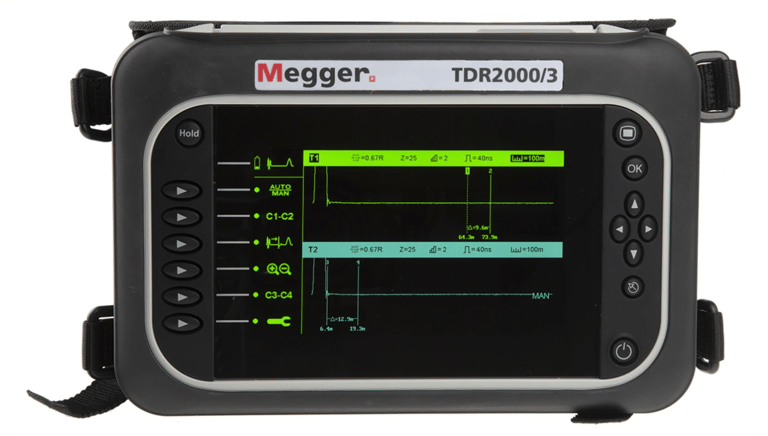

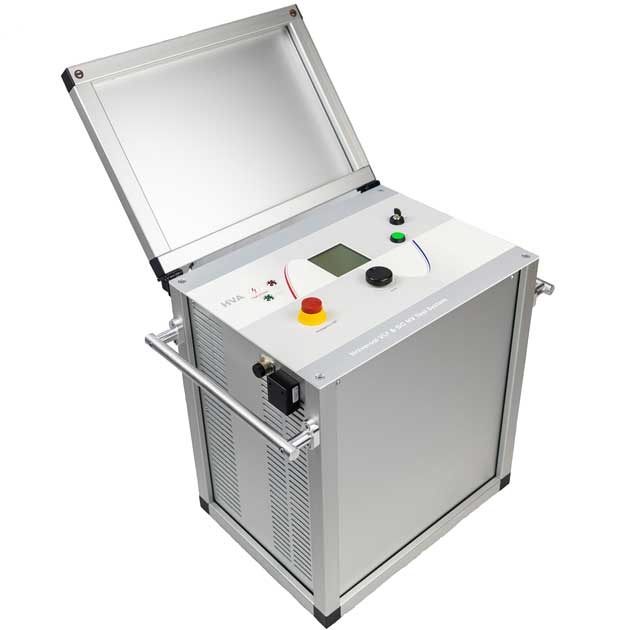

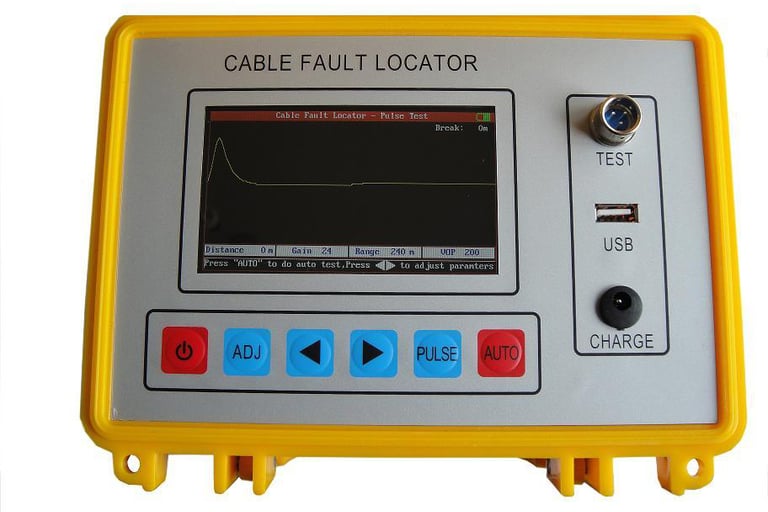

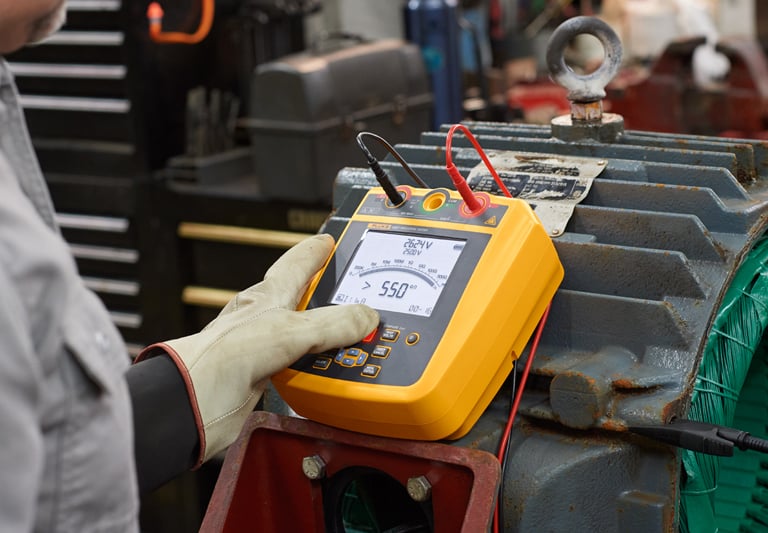

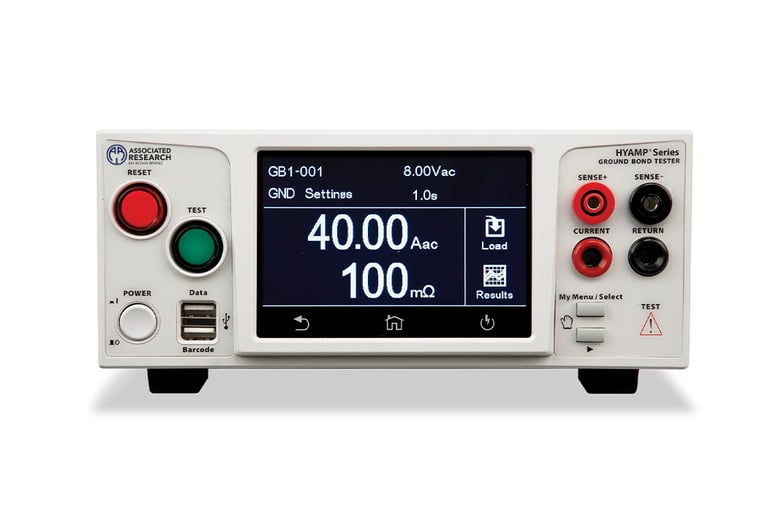

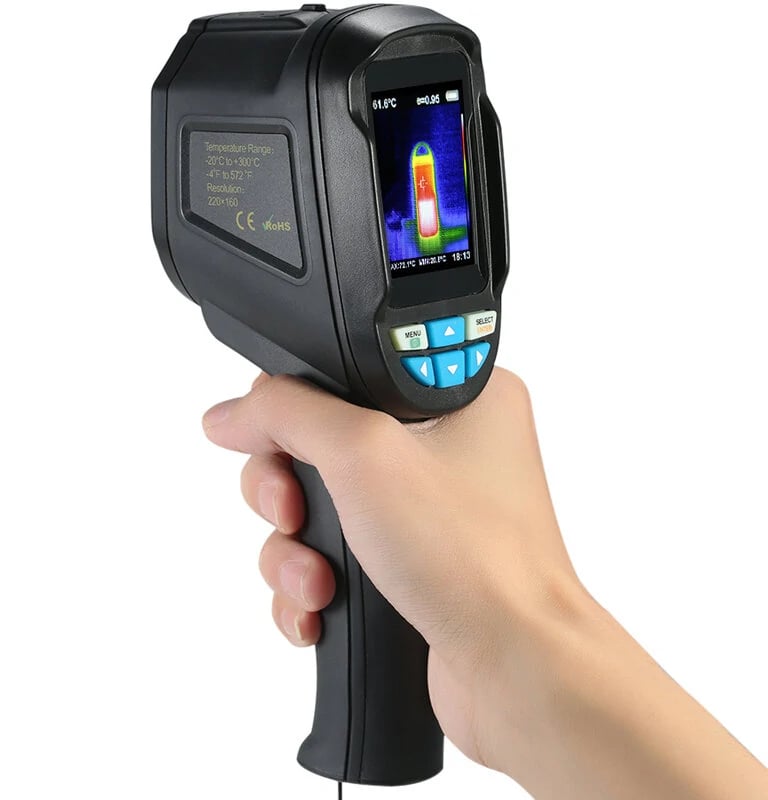

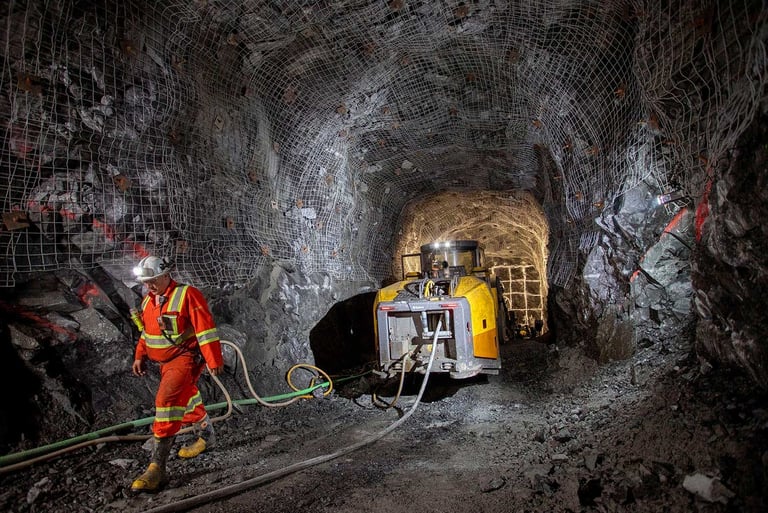


Email Address: Li.wang@feichuncables.com
© 2025. All rights reserved.


One-click to Quickly Contact
Products
Offshore & Marine Cable
XLPE Cable
Contact
Company
Location:
Building A Private Science and Technology Park, Hefei Economic and Technological Development Zone, Anhui Province, China
